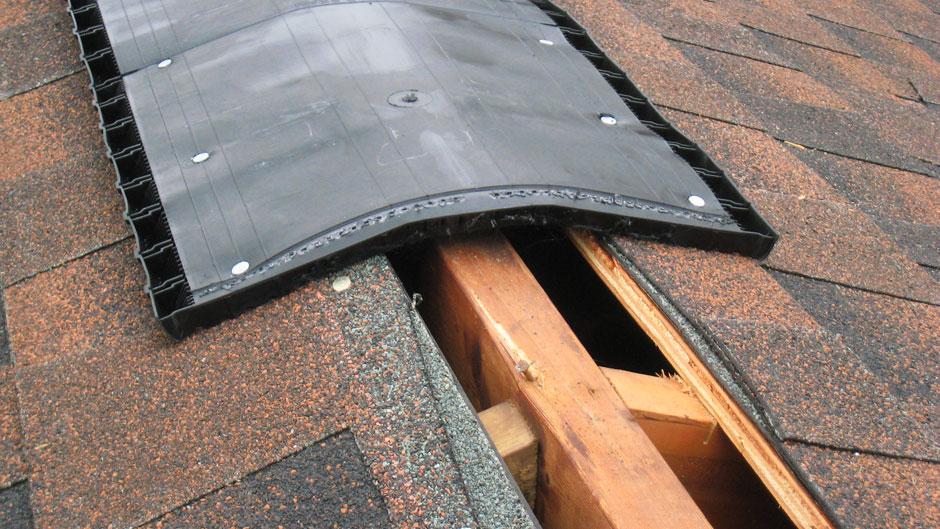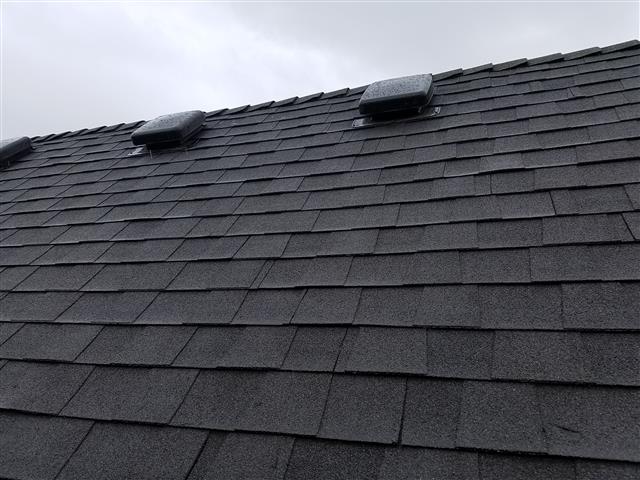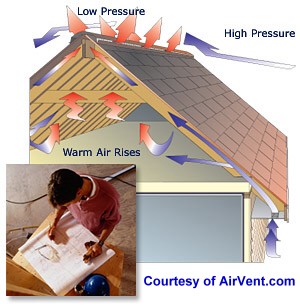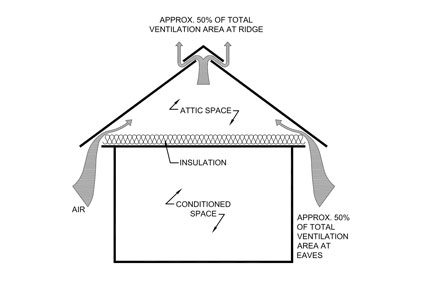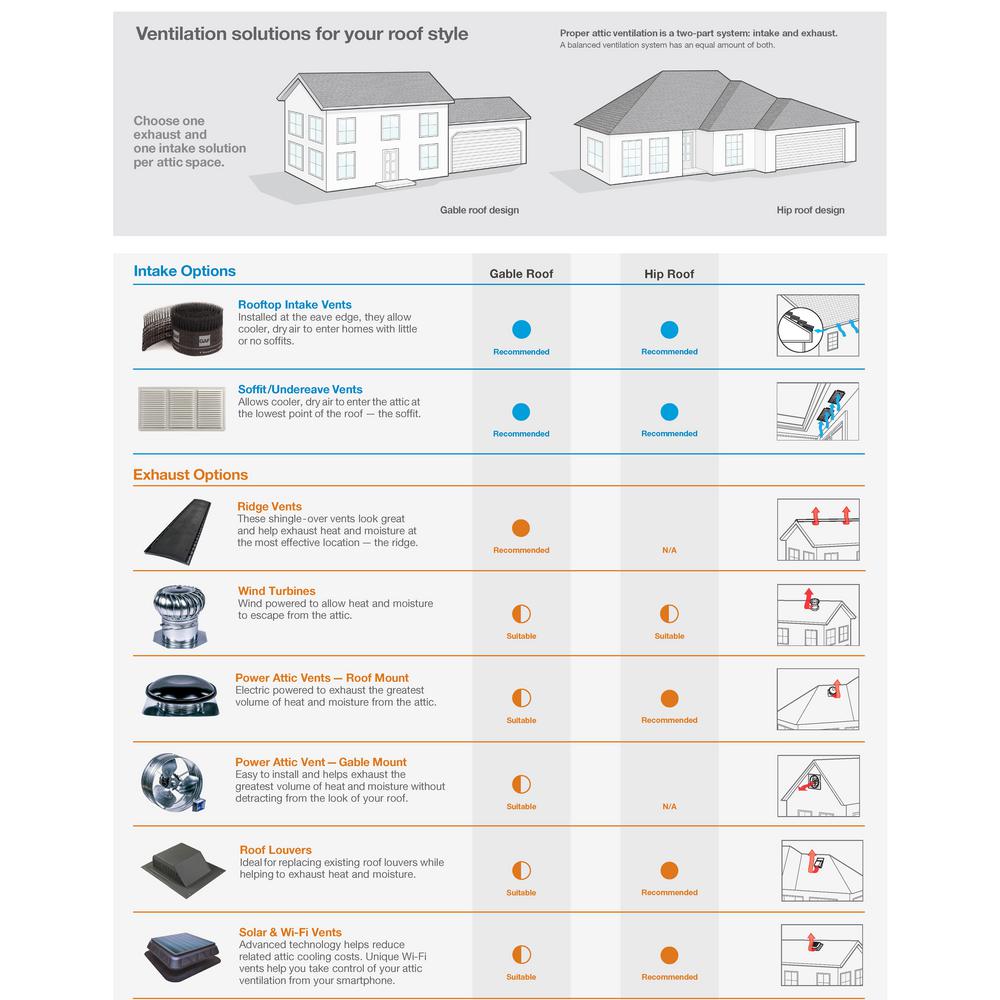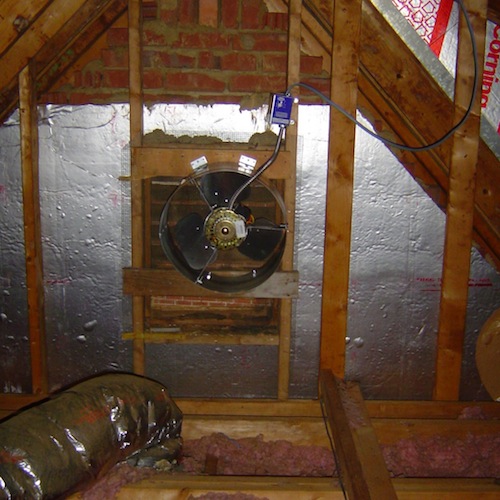Smoke generators of a variety of types have a wide range of diagnostic uses including finding building air flow studies air leaks or heat loss points hvac duct air leaks heat exchanger leaks testing for air movement around ventilation hoods checking for indoor air ventilation in office or test lab spaces operation of exhaust fans even leaks in drainage and drain piping systems.
Attic ventilation smoke test.
If you smell sewer gas in your home you need to find the leak right away.
Lastly light a smoke stick and hold it close to the suspected leakage.
Here s a simple smoke test procedure.
It involves a few simple steps to locate air leaks in the attic and to determine the amount of existing ventilation.
Breathing in smoke can cause minor respiratory irritation.
Perform this test when the house is empty.
Find hidden air leaks by conducting a simple diy smoke test.
With a smoke bomb you can do your own residential sewer smoke test to find exactly where the leak is coming from.
You simply add up the nfas of all your vents and divide that number by the area of the attic to determine whether you re within the 1 150 ratio.
This is done by turning on all fans and vents and using incense smoke talcum powder or baby power to find potential leak sites.
Before you start ensure your attic air fan and hvac equipment are powered off.
Smoke test candles can help provide valuable information on ventilation systems air leak detection or balancing with an economical and practical method of generating a realistic swirling non toxic smoke with a particle size of 3 2 5 microns.
You can test the quality of air flow in your home by conducting what is known as a smoke test.
Turn off all combustion appliances such as gas burning furnaces and water heaters on a cool very windy day.
Secondly close all the windows and doors in your home.






